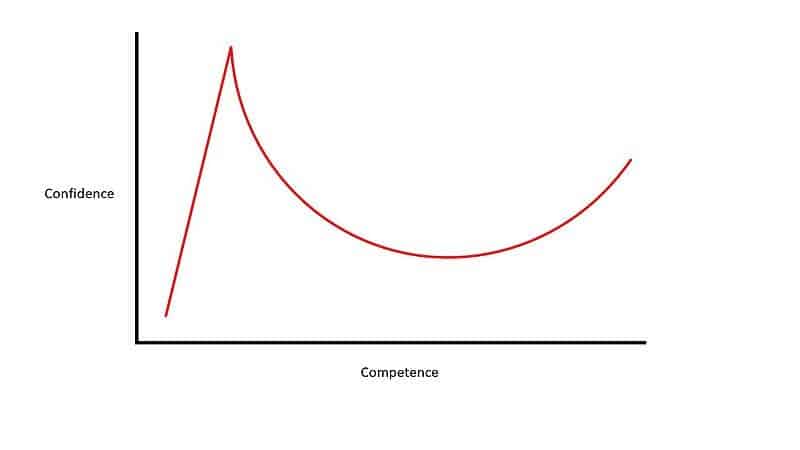Morewedge, C.K., Mullainathan, S., Naushan, H.F. et al.
Nat Hum Behav 7, 1822–1824 (2023).
Here is how the article starts:
Algorithms are designed to learn user preferences by observing user behaviour. This causes algorithms to fail to reflect user preferences when psychological biases affect user decision making. For algorithms to enhance social welfare, algorithm design needs to be psychologically informed.Many people believe that algorithms are failing to live up to their prom-ise to reflect user preferences and improve social welfare. The problem is not technological. Modern algorithms are sophisticated and accurate. Training algorithms on unrepresentative samples contributes to the problem, but failures happen even when algorithms are trained on the population. Nor is the problem caused only by the profit motive. For-profit firms design algorithms at a cost to users, but even non-profit organizations and governments fall short.
All algorithms are built on a psychological model of what the user is doing. The fundamental constraint on this model is the narrowness of the measurable variables for algorithms to predict. We suggest that algorithms fail to reflect user preferences and enhance their welfare because algorithms rely on revealed preferences to make predictions. Designers build algorithms with the erroneous assumption that user behaviour (revealed preferences) tells us (1) what users rationally prefer (normative preferences) and (2) what will enhance user welfare. Reliance on this 95-year-old economic model, rather than the more realistic assumption that users exhibit bounded rationality, leads designers to train algorithms on user behaviour. Revealed preferences can identify unknown preferences, but revealed preferences are an incomplete — and at times misleading — measure of the normative preferences and values of users. It is ironic that modern algorithms are built on an outmoded and indefensible commitment to revealed preferences.
Here is my summary.
Human biases can be reflected in algorithms, leading to unintended discriminatory outcomes. The authors argue that algorithms are not simply objective tools, but rather embody the values and assumptions of their creators. They highlight the importance of considering psychological factors when designing algorithms, as human behavior is often influenced by biases. To address this issue, the authors propose a framework for developing psychologically informed algorithms that can better capture user preferences and enhance social welfare. They emphasize the need for a more holistic approach to algorithm design that goes beyond technical considerations and takes into account the human element.














